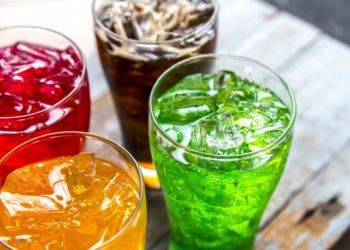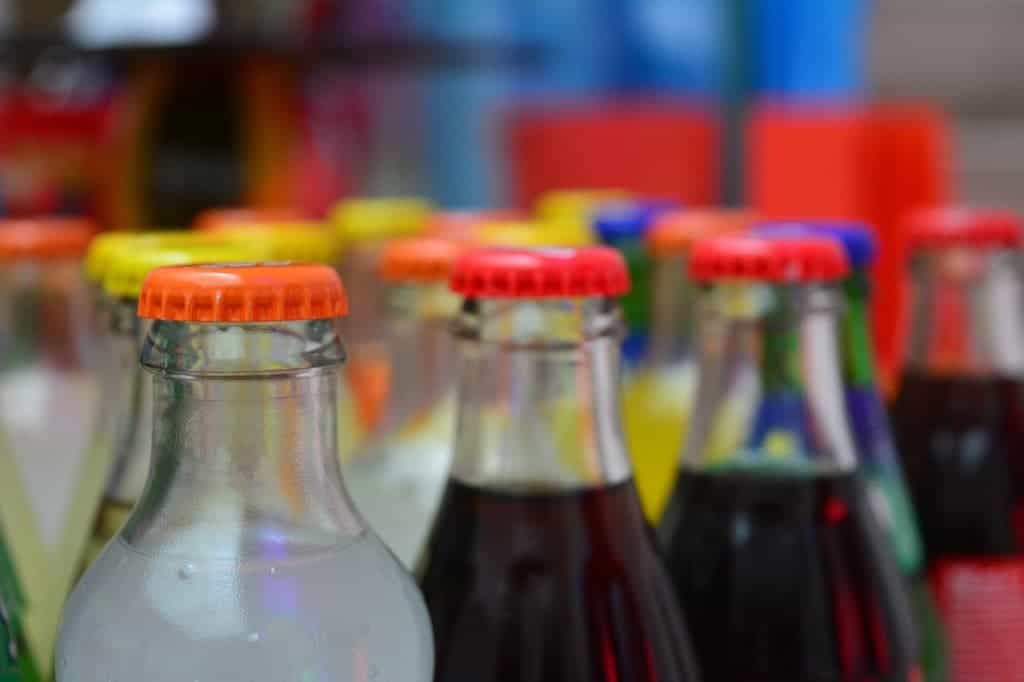Boba tea (also called bubble tea, pearl milk teak, or simply boba) is a cold tea drink typically involving black or green tea, sugar or syrup, ice, and tapioca pearls.
If you’re reading this, there’s a good chance you either love boba and want to learn more about it, or are curious what this new craze is. Well, it’s definitely not a new craze, and yes, there is a lot you don’t know about boba. Yet.
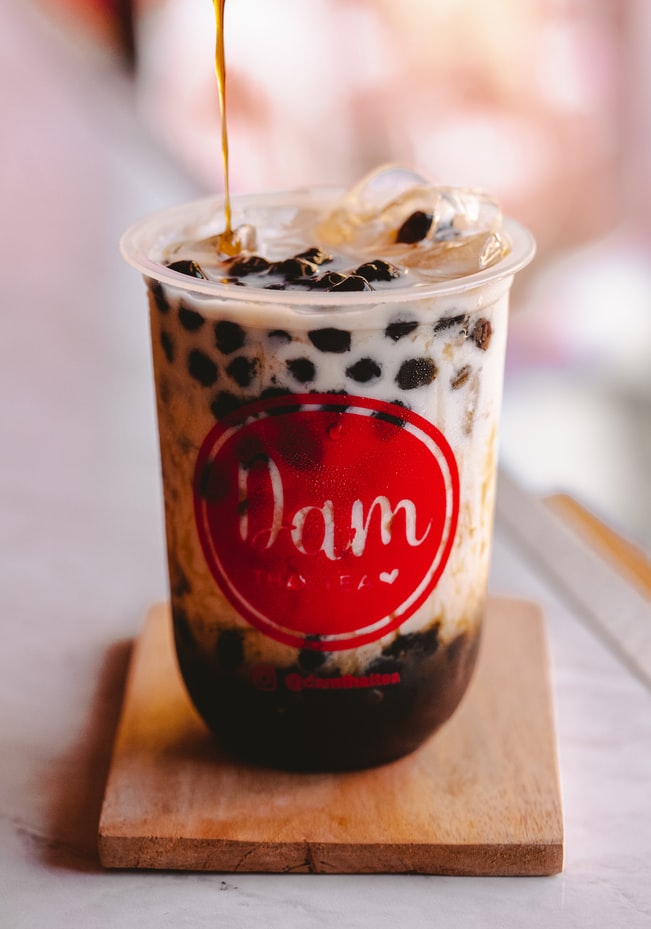
The Boba Boom
The word ‘boba’ itself can refer to many different things. It can be a rather loosely defined category of drinks, containing everything from milked ice tea with tapioca pearls to fresh juice with gummy bears. It can also refer to the pearls themselves.
Most often, it simply refers to some type of cold beverage with chewy, chunky bits inside.
It’s hard to pinpoint exactly when boba took hold as a drink, but it was at some point during the 1980s. Boba emerged from the vibrant Taiwanese street food culture, becoming almost universally popular in Taiwan and abroad. But its name was not without controversy.
The name ‘boba’ is a reference to Hong Kong sex symbol Amy Yip. Back in those days, Hong Kong was renowned for its booming movie industry, and as Wikipedia puts it, Yip was famous for ‘her disproportionately large breasts’ — so if you thought it’s called boba because it sounds like ‘bubble’, well, that’s not it. The name was allegedly coined by the owner of a shop called the Grasshopper (草蜢), who popularized it and helped to spread it across the world.
Not everyone was thrilled about the name — and given that you now know its history, you may probably want to think twice before using it, although to most people, this has morphed into a stand-alone word devoid of external context.
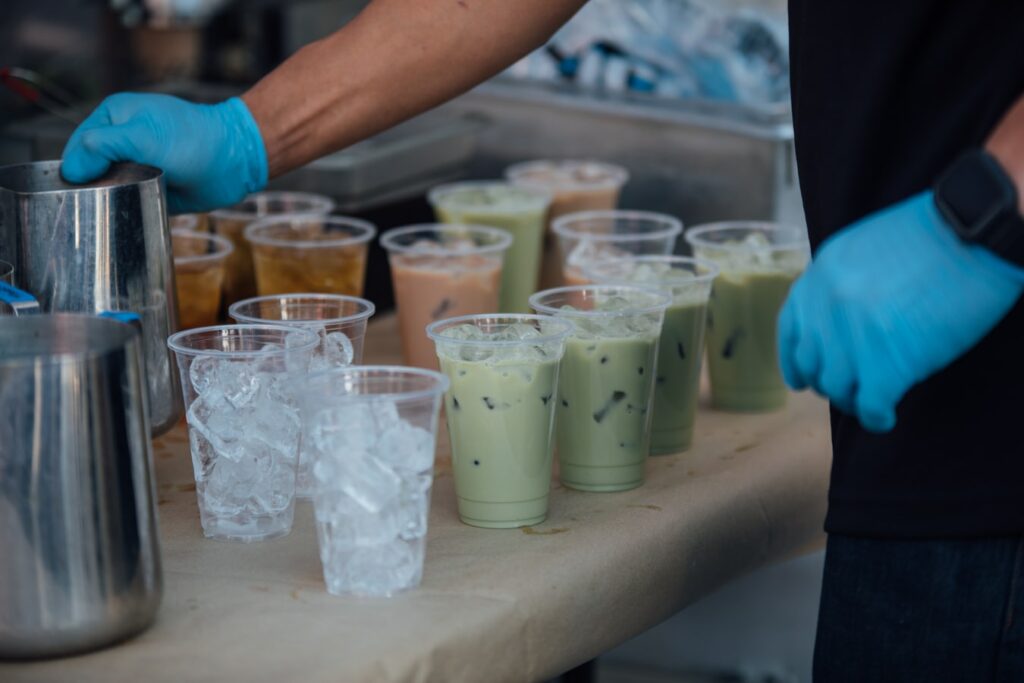
Asian immigrants helped it stick on the US West coast for instance, but the East coast tends to prefer ‘bubble tea’. Tapioca pearl tea is sometimes a preferred name, particularly in areas less familiar with the drink.
Whatever you may call it, the drink has gained remarkable popularity. There are 21,000 boba shops in Taiwan, many more outside, and that’s not even counting cafes or other shops that also happen to sell it. The name and history of the drink may remain shrouded, but the drink took hold.
It became a staple first in South-East Asia, then in China, Europe, the US, and it’s slowly taking over the rest of the world. The Bubble tea industry is estimated to hover around $2 billion and is expected to almost double by 2026.
It’s become a popular, fashionable trend across the world, and it’s not hard to understand why.
What’s in boba
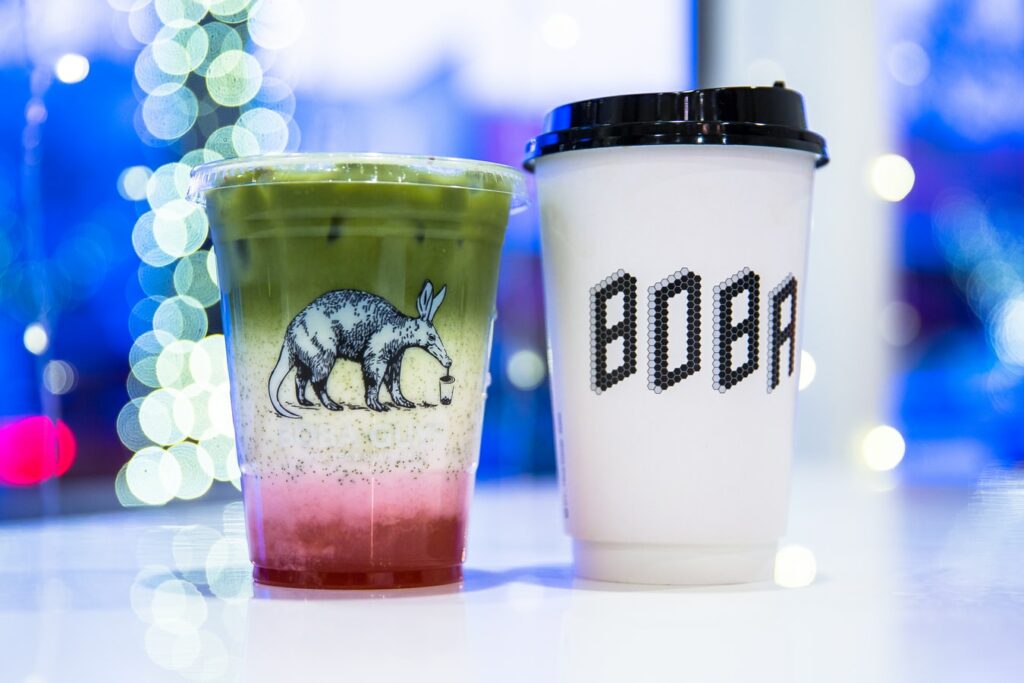
Since its inception, countless flavors and variations have emerged. Even foreign flavors such as hibiscus, cardamom, or rosewater have become something of a staple and can be commonly found. Outside of the classic black pearl tea, green tea, matcha, and taro are also common flavors. Funnily enough, the only thing that has remained unchanged has nothing to do with the drink itself — rather, it’s the famous fat straw used to suck the tapioca (or anything else) from the bottom of the cup.
The pearls themselves have a history. They are traditionally made from tapioca starch, which is surprising as tapioca is made from the South American plant cassava. Cassava came from Brazil to Taiwan via the Southeast Asian trade routes, during the Japanese rule that lasted from 1895 to 1945. Tapioca pearls are initially white, hard, and tasteless. But after they’re boiled, they become chewy.
Sometimes, the pearls are served ‘plain’ like this, but more often, they are steeped in brown sugar syrup until they become the black, addictive tapioca pearls many people love to slurp.
In some cases, tapioca pearls can be replaced by gummy bears or some kind of jelly — just like the traditional milked-black-tea has been replaced by different versions of a fruit juice or a smoothie. The ice can also be ground or mixed with ice cream, making a sort of boba slushie.
Milk teas include condensed milk, powdered milk, almond milk, soy milk, coconut milk, 2% milk, skimmed milk, fresh milk, or even non-dairy creamer. But while the list of boba flavors can get really long, a select few usually make the popular options.
The types of boba
- The classic recipe
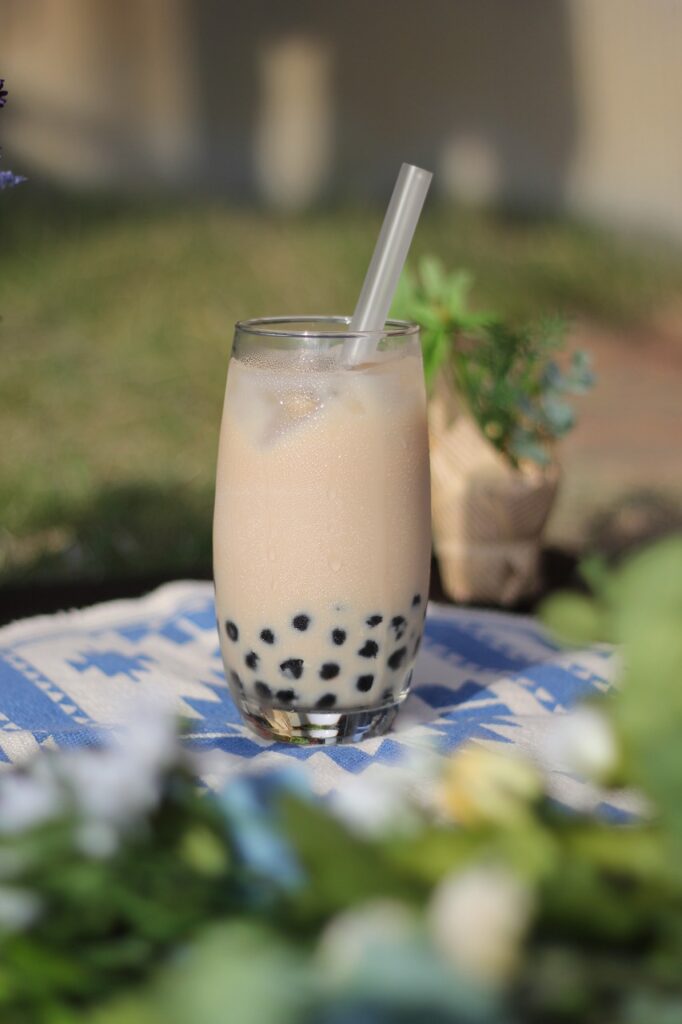
The oldest and still one of the most popular bubble tea recipes consists of a mixture of hot black tea, small tapioca pearls, condensed milk, and brown syrup (or honey).
It’s served cold, with ice, and sometimes, with extra sugar (watch out for that in the next part).
- Green tea / matcha

A common variation of the classic version, the green one. Typically featuring two classic Japanese flavors, matcha and green tea.
- The Ultra-rich Brown Sugar

A recent hit in Taiwanese shops, this version features a milk-heavy boba, doused with decadent brown sugar syrup, swirling in a lovely gradient of brown and black.
- Taro boba
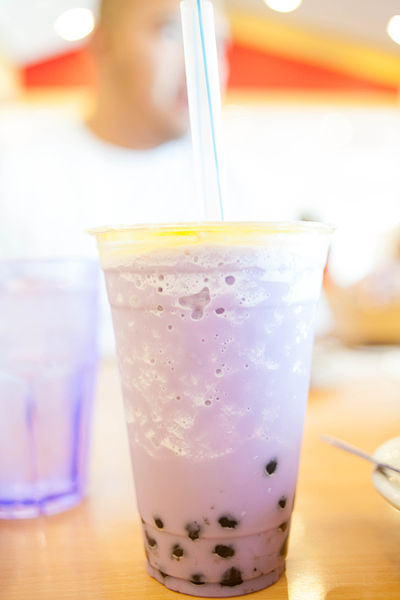
Taro (a root vegetable) has a distinct flavor that goes excellently with coconut, which is why the two are often found in a version of boba tea. Taro puree acts both as a thickener and as flavoring which makes it one of the best boba slushies you can find.
- Fruity boba
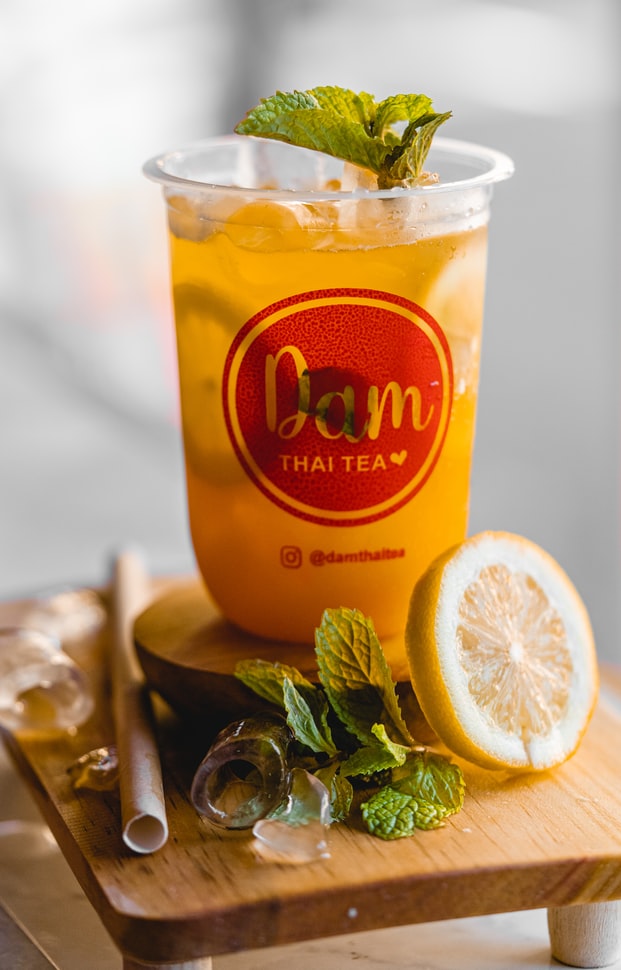
A newer take on the bubble tea, the fruity version has become a popular alternative especially in Europe and the US. A lighter variety, it’s perfect for those hot summer days. If milk isn’t your thing, this is the perfect alternative.
However, if you love your boba and just want a fruity spin, you’ll probably be able to find versions to suit your taste.

- The eye-candy whatever

As different shops try to stand out in the market, many choose to focus on the visual appeal. Whether it’s blue or violet or any range of colors you can imagine, someone sells bubble tea that looks like that.
The nutrition of boba
Unfortunately, while bubble tea is not the worst sugary drink out there, it’s still a sugary drink, and not particularly healthy for you. Since there is so much variability, there is no systematic and clear nutritional data when it comes to boba tea, but there is one published study about the nutritional effects of boba. According to the study, boba fits the definition for a sugary sweetened beverage (SSB), and consumption should be kept in check.
“A 16‐ounce boba drink exceeds the upper limit of added sugar intake recommended by the 2015 US recommendations,” the study reads. “Given that this popular beverage will only become more popular, recommendations from public health practitioners working in Asian communities should suggest moderate consumption of boba drinks, choosing options for less sugar, and not adding other ingredients such as pudding or jelly.”
Notably, however, the samples the researchers tested had less sugar than other drinks (including orange juice), but more calories overall. A ballpark calorie intake is around 2,000 calories a day for women and 2,500 for men). The tapioca pearls, interestingly, did not make a big difference calorie-wise.

Of course, these nutritional values can vary greatly depending on the type of tea, juice, milk, and especially sugar content. Doctors recommend opting for the no-sugar or less-sugar option, and keeping consumption moderate. Swapping the milk for alternatives can also help improve nutritional value, and simply changing some preferences (like not adding any extra sugar or swapping condensed milk for healthier options) can make a difference.
“The high caloric and sugar content of boba beverages pose public health concerns as they have the potential to further exacerbate the childhood obesity epidemic,” the study concludes.
Environmental concerns
Something that’s rarely considered about boba is its environmental impact. The drink itself is not that problematic, although milk can have a high carbon footprint — rather, the problem is plastic.
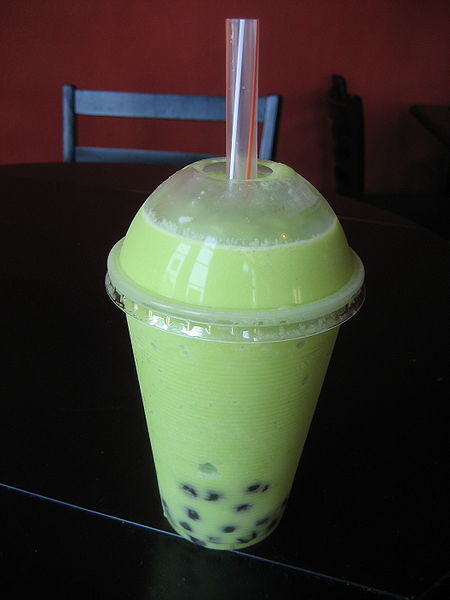
Bubble tea was traditionally enjoyed in plastic cups, with plastic lids, and plastic straws. This is still universally the case for takeaway, at least, and even most stay-in places still favor this setup. Very little of this plastic is actually recycled, and most of it ends up in landfills. More authentic bubble tea shops tend to serve tea using a machine that seals the top of the cup with plastic cellophane, and cellophane cannot be recycled.
Thankfully, both shops and consumers are starting to be a little more conscious about this, and at least at the stay-in places, there’s a chance you’ll get the tea in a glass container, which can easily be cleaned. However, the straw still remains a problem.
While plastic straws can normally be replaced with metallic or even paper straws (or forgone altogether), boba requires thick straws, so you can also slurp the pearls through it, and there are few alternatives.
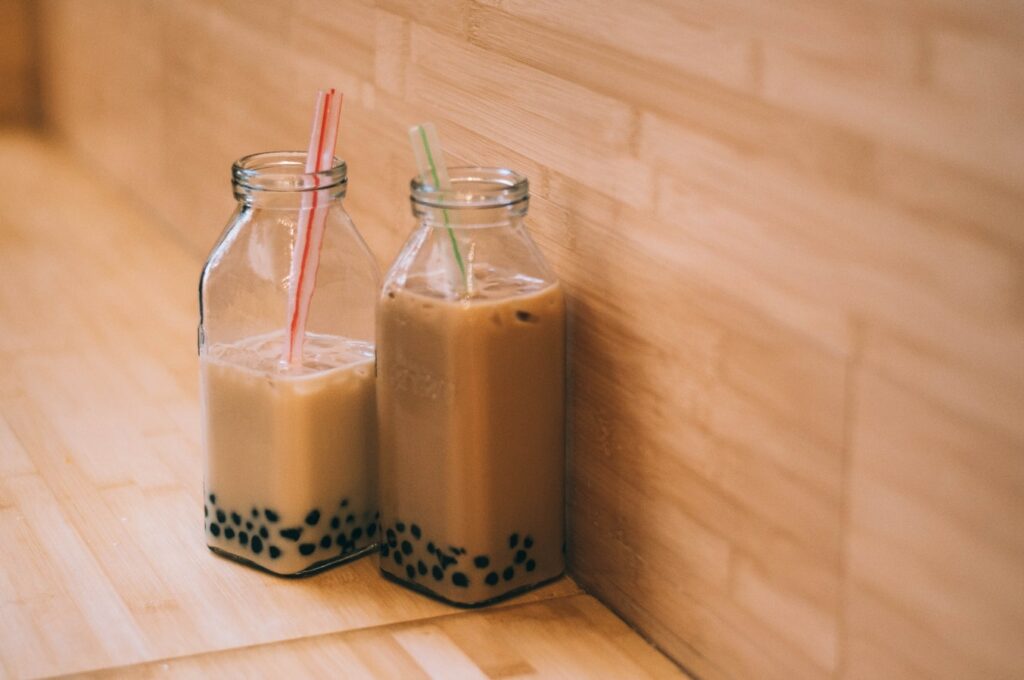
In recent times, however, alternatives to plastic straws have also emerged, especially as some countries issued bans on plastic straws. We as consumers should also be aware of our environmental impact and try to reduce it.
The coolest thing to do is to enjoy your boba sustainably.
How to make your own boba tea
The problem with bubble tea is that it’s expensive. As the joke goes, I took a week-long vacation in the Bahamas, and all I had to do was cut down on my boba consumption. You can still find it cheap in some parts of Asia, but it’s become somewhat of an expensive specialty drink.
So if you want to enjoy it more cheaply, enjoy a ton of it in your home, or just impress your friends, you can absolutely make your own boba, and it’s pretty easy.
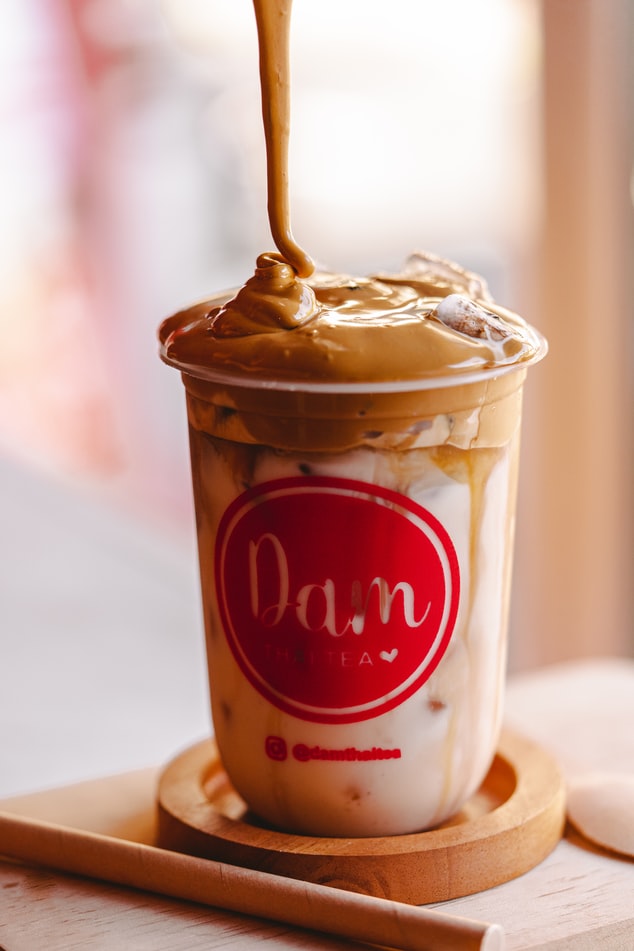
The simple version is to buy the tapioca pearls (and unless you really know what you’re doing, I’d recommend this).
You brew the tea (black tea in the classic version), add milk (or soy milk or whatever replacement) when the tea is done, bring it to boil, and then let it cool.
Different brands of tapioca pearls can require different preparation. Some may need to be boiled for up to an hour, but you can find quick, five minute ones too. Soaking them overnight can also help.
After the pearls become soft and chewy, you can either simmer them in brown sugar syrup, or simply add whatever syrup (like maple) on top of them, and then pour the tea over it. It’s as simple as that.
If you’d like to really make everything from scratch, be prepared for a bit more work — but it can also be more rewarding, especially as a group activity with friends. Here’s a video below showing an approach:
Lastly, don’t forget to experiment! There are no rules with boba and don’t let anyone tell you otherwise. You can experiment with different teas, syrups, milk, fruits, flavors, jelly… try it out and see what works.
Enjoy!

